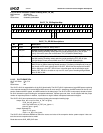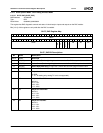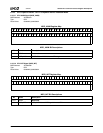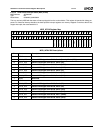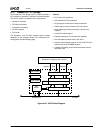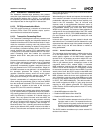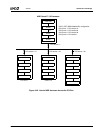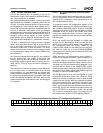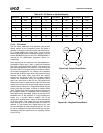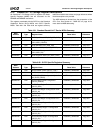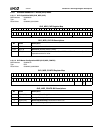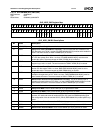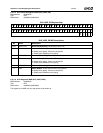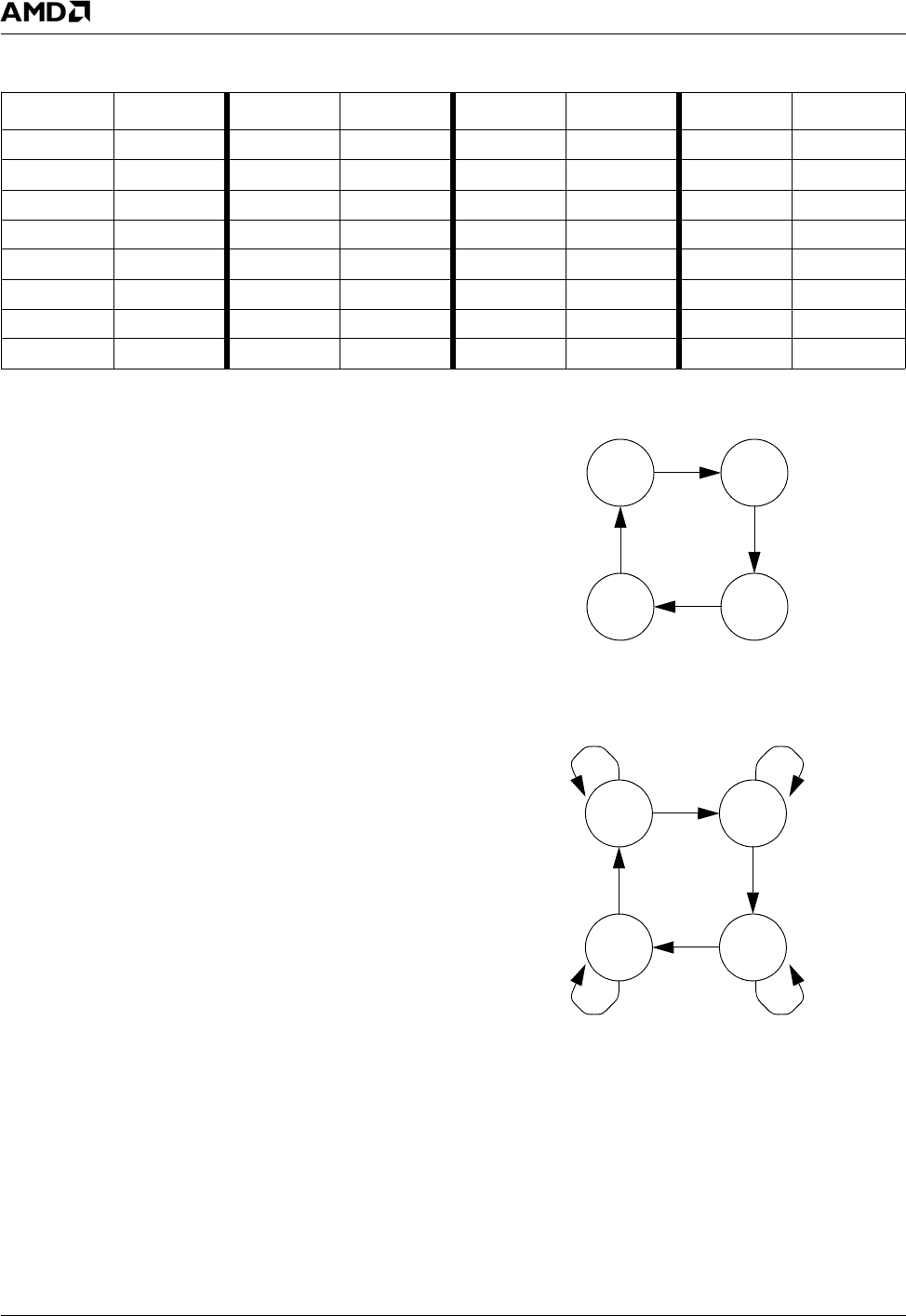
570 AMD Geode™ LX Processors Data Book
GeodeLink™ PCI Bridge
33234H
6.15.5 PCI Arbiter
The PCI arbiter implements a fair arbitration scheme with
special support for the companion device. By default it
operates as a simple round-robin arbiter that rotates prior-
ity in circular fashion (see Figure 6-60). There are three
external REQ#/GNT# pairs, numbered 0 through 2, and an
internal REQ#/GNT# pair for the CPU. REQ2#/GNT2# is
reserved for the AMD Geode companion device (i.e.,
southbridge).
Each requestor can be configured to be preemptable/non-
preemptable (Figure 6-61), given a repeat-count attribute
and given a grant-hold timeout attribute. The repeat-count
and grant-hold attributes are present to help balance the
fairness of the PCI bus when mixing bus masters of differ-
ent bursting characteristics. For example, the companion
device drops its REQ# signal after each grant and issues
relatively small bursts, while some other bus masters
present very long bursts on the PCI bus. When both bus
masters are concurrently active, the companion device
gets a very small share of the PCI bus. The repeat-count
allows a bus master to retain control of the PCI bus across
multiple bus tenures and the grant-hold keeps the grant
asserted with an idle bus for a configurable number of clock
cycles, giving the bus master a chance to reassert REQ#
again. Together they allow a small bursting bus master, like
the companion device, to repeatedly issue a sequence of
bursts before being preempted, giving it fair access to PCI
bandwidth even in the presence of a large bursting bus
master (e.g., a modern network adapter). Use of the
repeat-count attribute has an impact on the preemptability
of the bus master. That master can only be preempted
when working on its last repeated access to the bus. For
example, if a bus master has a repeat-count of 2 it may
only be preempted on its third access to the bus. The arbi-
ter can be configured to temporarily override this non-pre-
emptability, particular masters that are requesting access
to the PCI bus.
Figure 6-60. Simple Round-Robin
Figure 6-61. Weighted Round-Robin
Table 6-90. PCI Device to AD Bus Mapping
PCI Device AD Pin PCI Device AD Pin PCI Device AD Pin PCI Device AD Pin
0N/A8 18162624N/A
111919172725N/A
2 121020182826N/A
3 131121192927N/A
4 141222203028N/A
5 151323213129N/A
6 16142422N/A30N/A
7 17152523N/A31N/A
CPU 0
2 1
CPU 0
2 1



